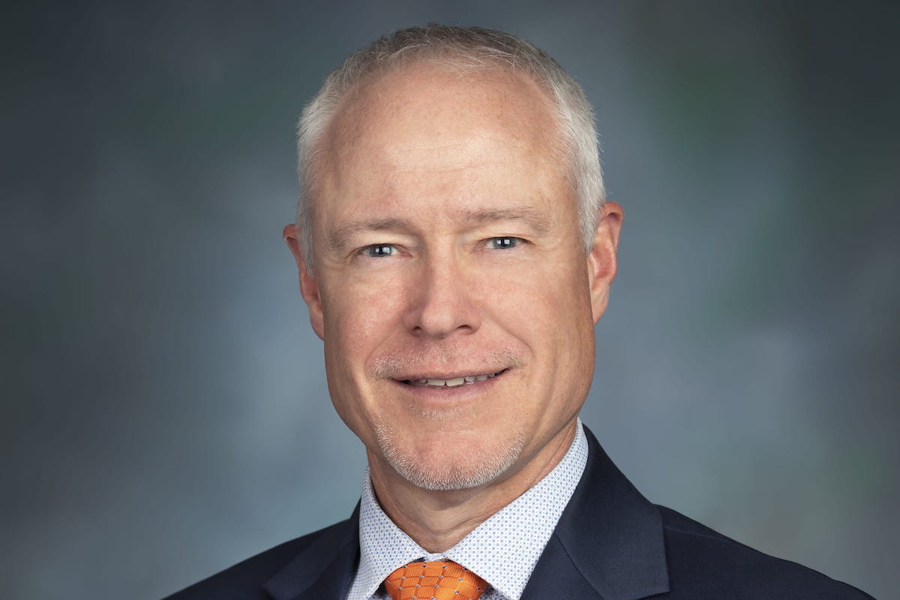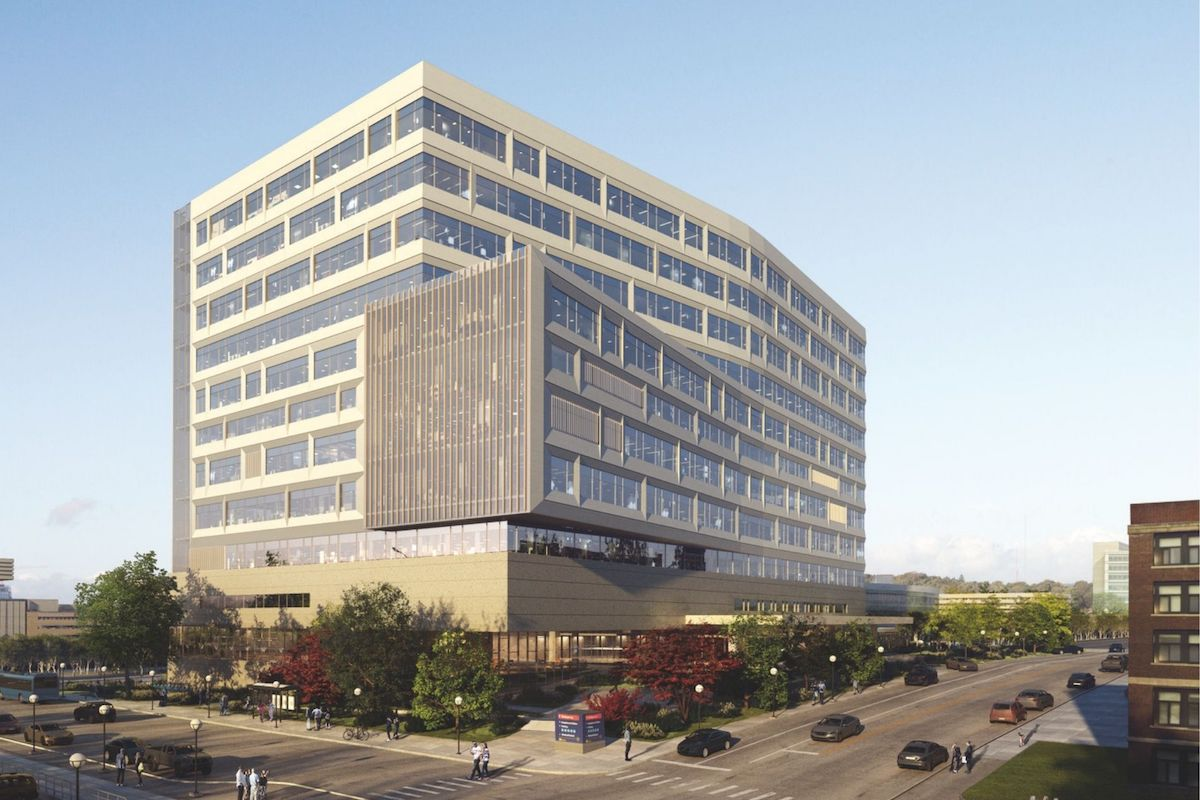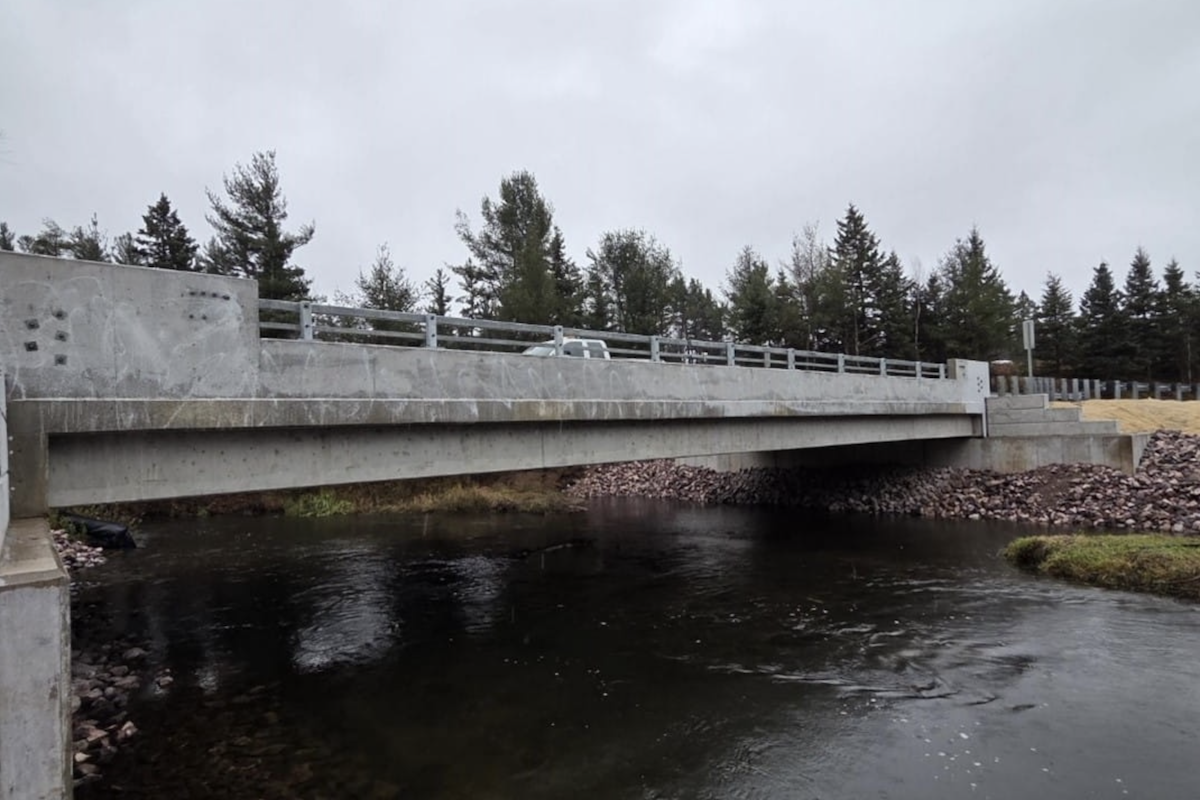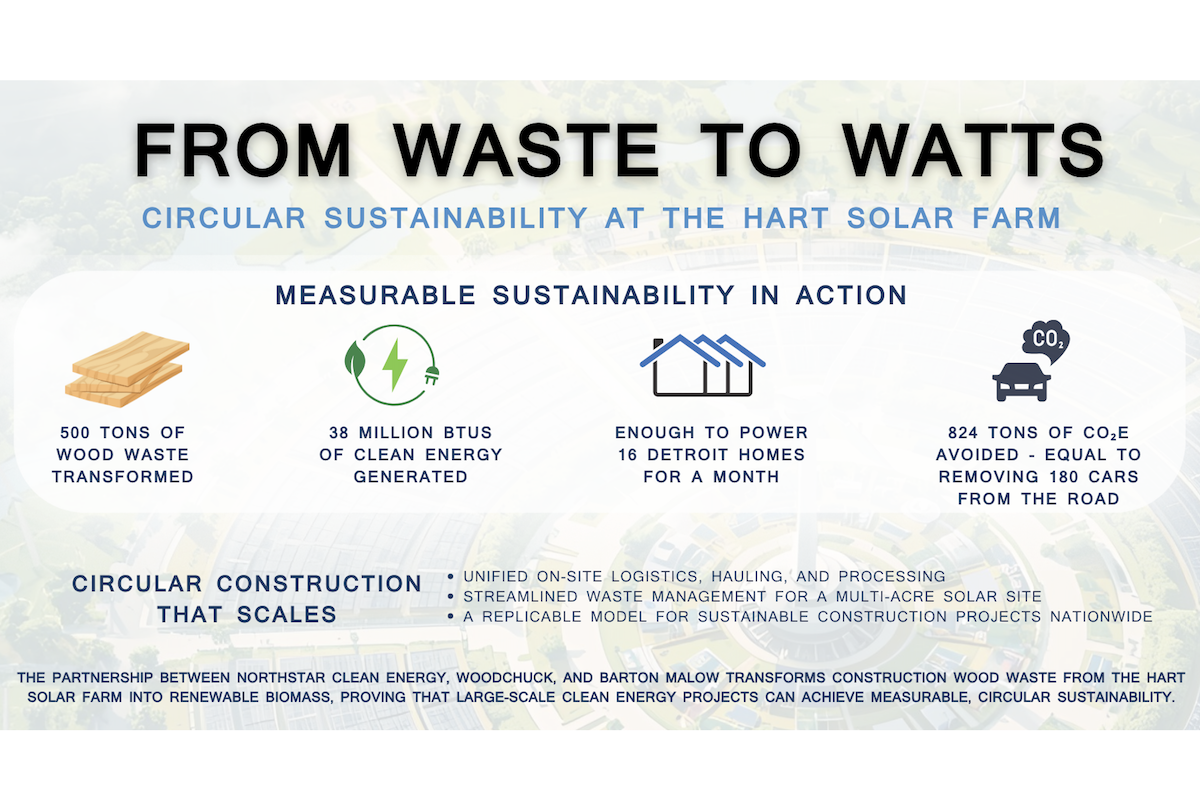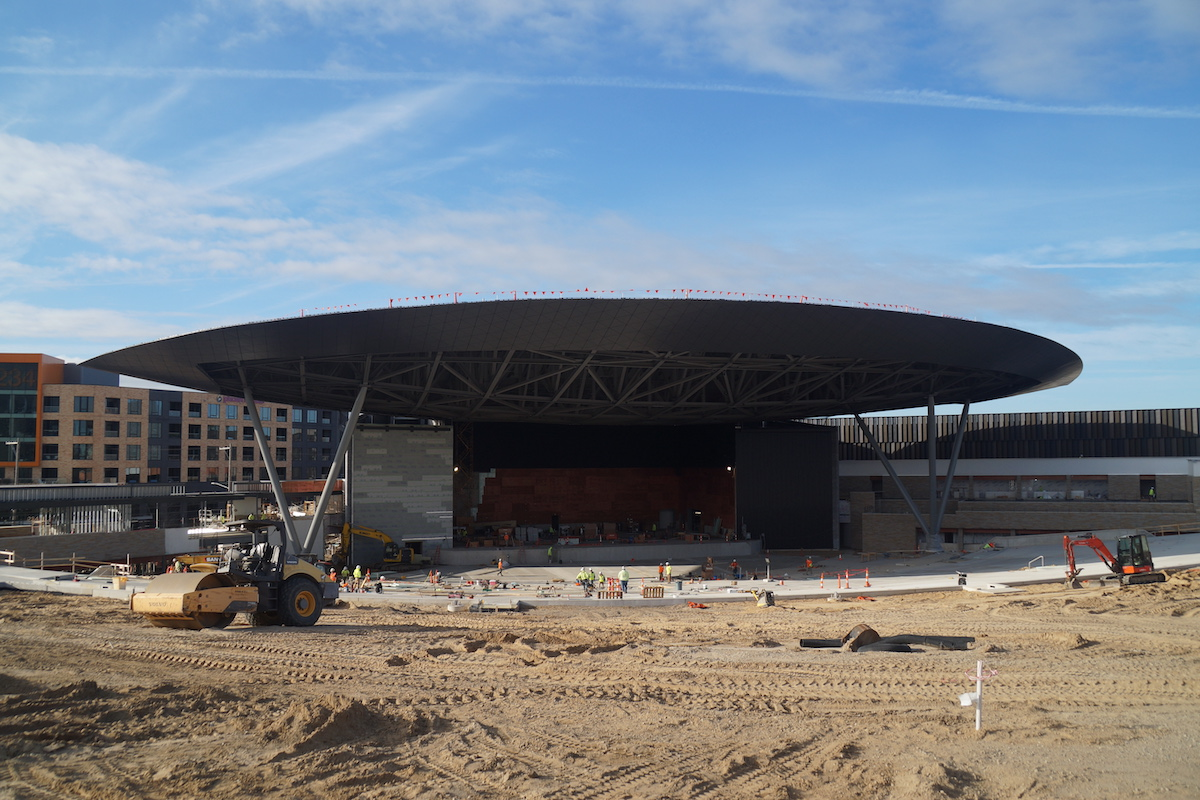Along the route, commuters have been experiencing significant backups, particularly during the morning and afternoon rush hours or when major events occurred in the area. WisDOT commissioned a traffic study about the best way to alleviate the traffic in the long-term. However, they were looking for an interim solution to help improve the traffic flow.
They decided on the Flex Lane. Also known as part-time shoulder use, it’s a traffic management and operation strategy for addressing congestion, reliability, and safety issues. It involves using the inside median shoulders of an existing roadway for temporary travel during certain hours of the day.
On this stretch of U.S. 12 – locally known as the Madison Beltline – the left shoulder will serve as the Flex Lane. The six-lane highway has shoulders on both the right and left sides of the travel lanes.
It’s projected that the Flex Lane will significantly improve travel time reliability and lead to an estimated savings of more than $11 million per year in user delay costs. In addition, the extra capacity is expected to reduce the number of crashes caused by the reoccurring congestion.

| Your local Trimble Construction Division dealer |
|---|
| SITECH Michigan |
When open this summer, the Flex Lane will be available during weekday morning and afternoon rush hours, special events, or incidents. By restricting shoulder lane use to only the peak periods of travel, the full shoulder width is available during the other portions of the day for emergency stopping and recovery of disabled vehicles or debris.
To prepare the Flex Lane to be able to handle more traffic, crews reconstructed the concrete shoulder along with a 4-inch asphalt overlay.
Other work on the project included:
- Resurfacing to address deteriorating pavement
- Improving existing drainage facilities
- Updating pavement marking
- Installing changeable signage
The changeable message signs will be used to indicate when the shoulder is available for use.
Another challenge the team has faced is the microchip shortage due to the global software chip shortage. The chips are required for the Lane Closure Signs (LCS) and Dynamic Message Signs (DMS). The LCS signs indicate red, green, or yellow to alert drivers about entering and exiting the Flex Lane while the DMS displays if the Flex Lane is in use and other messages.

| Your local Deere & Co dealer |
|---|
| AIS Construction Equipment |
The decision to open and close the Flex Lane will be made by staff at the WisDOT Traffic Management Center in Milwaukee. They will be able to decide with the cameras and traffic detectors that the team installed on the road.
“Because the system is dynamic, we can detect traffic counts and open and close the Flex Lane as needed,” Hagen says. The Flex Lane can be turned on in 20 minutes. Before turning it on, the team will work with local partners to make sure there are no obstructions on the lane and it is clear of debris. Closing the lane is straightforward – changing the LCS from green to yellow to red.
The project began in March 2021 and was largely complete in December 2021. Due to a global software chip shortage, some 2021 work carried over into 2022, such as LCS and Dynamic Message Sign (DMS) installation. The Flex Lane is scheduled to fully open this summer. The Flex Lane is going through a testing phase before the opening.
The project was let for $45.1 million, but the total anticipated cost rose to $51.3 million. The bulk of the extra cost was a single change order. It involved building an auxiliary lane extension to improve overall mobility, operations, and safety for a 1-mile stretch of the Beltline. Funding for the project was split between the federal government, which picked up 80 percent, and the state, which picked up the remaining 20 percent.
WisDOT is evaluating potential long-term solutions for the Madison Beltline/U.S. 12 system. In the meantime, the Flex Lane will extend the remaining 10 to 15 years of life expected for the roadway while addressing existing safety and operational needs. Commuters will no longer regularly experience major backups during busy times. This is all because WisDOT is making the most of the available space.

| Your local Trimble Construction Division dealer |
|---|
| SITECH Michigan |





















